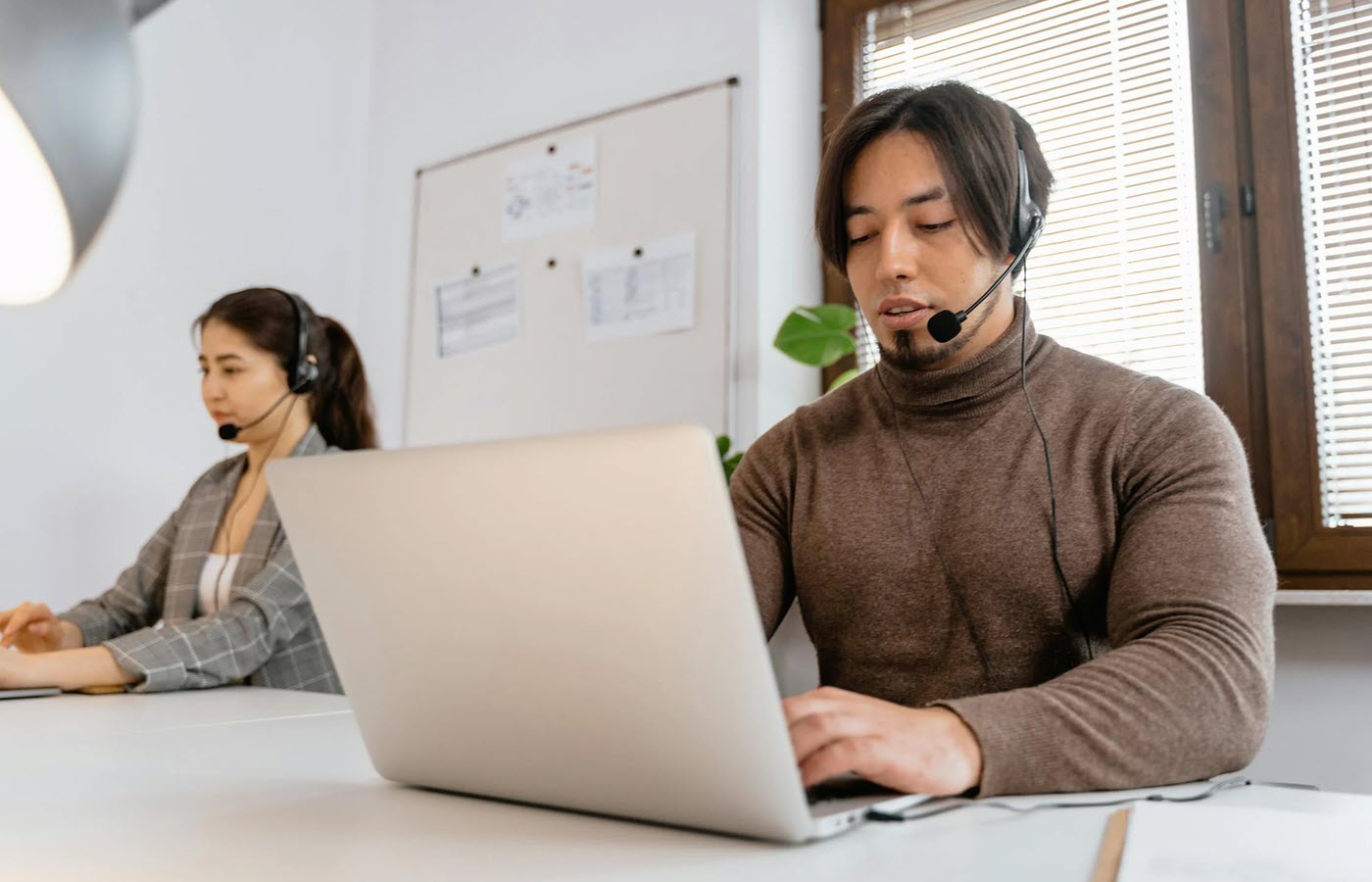Doctors advise against it, flight executives say it’s fine, but ultimately, it’s up to you. We asked experts to weigh in: Should you stay or should you go?
As dire as things are–there’s likely a single-degree of separation between you and COVID-19–you don’t have to wear a diaper to forgo using the airplane bathroom. With 16.6 million reported cases of COVID-19, and with new US daily numbers hovering around 3,000, it’s probably not a good idea to fly. Weigh your options: Is it truly likely to be your granny’s last Christmas, and do you want to risk your health in your travels or her health when you arrive?
TechRepublic spoke to experts: Will you take that leap of faith by getting on an airplane or be happy with a staycation?
Unsurprisingly, medical experts advise against flying (or traveling, for that matter), but aviation experts think otherwise.
How safe is it to fly?
Healthline chief medical officer Dr. Elaine Hanh Le: “No, I do not recommend flying or any non-essential traveling currently as we are seeing record COVID-19 numbers and many hospitals are at maximum capacity, especially in terms of ICU bed capacity. Though there are safety measures in place for air travel, they are not fool-proof, and the recent surges in COVID-19 from Thanksgiving travel indicate that it is not safe.”
Essentia Water director of clinical and scientific research Dr. Ralph E. Holsworth, D.O.: “As COVID-19 continues to evolve across the globe, and reported cases reach a third peak in the US, I do not recommend flying—and traveling, in general—unless it’s absolutely essential.”
Medjet COO air medical-transport and travel security membership program John Gobbels: “I’ve flown recently, and a lot of other people are flying, but it’s really about someone’s own personal level of comfort.” He added that a Harvard study showed that “air travel is much safer than people would think, and the airlines have done a great job increasing fresh air flow, upgrading to high-grade HEPA filters, enforcing mask wearing, and continuing to space people out where they can, but acknowledged many airlines have stopped blocking middle seats. “They’ll likely continue those initiatives even after the vaccination has been widely distributed. Very high-risk people (those with pre-existing, comorbidity conditions, however, may still want to reconsider flying right now.”
Atlanta Airlines Terminal Company president and CEO Kofi Smith: “I absolutely recommend flying now and believe travelers can fly very safely, particularly if they follow the guidelines. Airplanes possibly offer one of the safest enclosed environments today due to air-circulation methods and use of carbon filters,” and must-mask requirements.
Pilota CEO Saniya Shah: “If you take the appropriate precautions and make sure to select the best airlines, timing, and destinations, it is definitely possible to fly safely! It is important, when planning your trip, to make sure you optimize for the safest journey.”
Georgia-Pacific vice president and general manager of smart restroom and connected businesses Michael Slawson: “Airports are taking a number of steps to help ensure passenger safety.” He added that, “hand-sanitizer dispensers allow travelers to sanitize their hands at virtually any touchpoint on their journey through an airport.”
If you must fly, here’s what you need to do
Elaine Hahn Le: As always, make sure you pack adequate supplies of face masks, antibacterial handwash, and wipes, and consider wearing gloves and a face shield if you want to be really safe. As soon as you board, use disinfectant wipes to clean the tray table, seat belt, arm rests and headrest, air vents (and leave them open pointing away from you). If you can avoid moving around in the airplane cabin, it will help decrease your exposure to others. Also limit the number of times you need to remove your mask, such as for eating or drinking.
Ralph E. Holsworth: “If travel is essential, there are several precautions people can take:
“Increase liposomal Vitamin D3 supplementation up to 10,000 IUs prior to flight.
“Frequent nasal saline flushes prior, during, and immediately after departing the flight.Virus and bacteria colonize in the sinuses at least three days prior to dropping into the lungs and creating infections, but flushing or rinsing the nasal/sinus cavities ensure the viral/bacteria content is decreased.
“Proper hand hygiene and facial washing after inadvertent touching of the face will also help. Carry on your own sanitizer, cleansers, masks, and face shields.
“Staying hydrated is key, [it] plays a vital role in overall wellness by optimizing immune function, maintaining proper mucus production, liver and kidney function, and also provides dietary satiety.
“It’s essential to hydrate pre- and post-flight with electrolytes such as sea salt or an alkaline water to support the mineralocorticoids of the adrenal glands to better manage physiological and psychological stress.
“It’s especially pertinent to hydrate in the winter because humans’ loss of water from breathing can increase from seven milliliters-per-hour in the summer to 20 millimeters-per-hour in the winter. The season’s temperature extremes, variations, and drier air are more demanding on humans and can deplete the mucosal lining of our nose, sinuses, throat and lungs of moisture, which serve as our body’s first line of defense against viruses, in addition to bacteria, molds and environmental pollutants.
“Beyond hydrating right before and after the flight, stay hydrated 24-hours in advance of travel.”
Kofi Smith: “The two most important things the traveling public can do to stay safe right now is to wear a mask throughout their travel journey and to sanitize their hands.”
Saniya Shah: “Fly direct, limit your exposure by flying directly to/from your destination, if possible. Choose an airline that is taking the maximum number of safety precautions. Wear protective gear on the plane, masks, face shields, etc. Wipe down your seat and all touch points near you. Check your destination’s COVID metrics.”
John Gobbels: He suggests not relying on the airline for safety supplies. “Definitely pack your own wipes and hand sanitizer. Wipe down anything you may touch: hand rests, window shades, seat-belt buckles, light switches and air vents. Carry a travel size spray bottle (2 to4 ounces) of rubbing alcohol to spray your luggage handles for checked luggage.”
He stressed that travelers should use the sanitizer dispensers “at the tops and bottoms of escalators.” Escalator handles are always heavy traffic and high touch, but are there for safety, so use them but sanitize your hands as soon as you can afterward and keep them away from your face until you do.”
The most important thing to remember is keep at least six feet away from other people, and be “very, very cognizant of your hands touching your face. Studies have shown that people touch their face, on average, 16 times per hour. Masks actually elevate that for some people because they’re constantly adjusting them. That’s why it’s so important to constantly sanitize your hands in transit, and really focus on not touching your face.”
Is it worth it to fly now?
Clearly if you fly, you’re taking risks, but if you absolutely must do so, and insist upon it, take precautions, such as the ones Holsworth recommended.
It’s also important to be fully cognizant (i.e. don’t touch your face, even through the mask!), and it is not the time to imbibe in a “needed-to-relax” martini pre-flight. Don’t allow anything that will interfere with good and safe decision-making.
Get plenty of sleep, and make sure your immune system is uncompromised. Don’t dismiss “a little cough” or a “scratchy throat,” among the signals for you to stay home.
Bring plenty of anti-viral wipes, hand sanitizer, a 2-ounce spray bottle of alcohol, be alert, not anxious (YouTube’s “Dr. Mike’s”–Mikhail “Mike” Varshavski D.O.–refrain), as well as prepared and armed with positive vibes (can’t hurt, right?).





